Art of Italian Cheese making In 2024
A Curd of History: Unveiling the Art of Italian Cheesemaking
In this article, we are going to take a look at the art of Italian Cheese making. Italy and cheese – a love story that stretches back centuries. Cheesemaking in this culinary powerhouse is not just a process; it’s an art form deeply woven into the fabric of Italian cuisine. From the creamy mozzarella adorning pizzas to the sharp bite of Pecorino Romano, Italian cheeses offer a symphony of flavours and textures, each with a unique story to tell.
This exploration delves into the fascinating world of Italian cheesemaking, exploring the techniques, varieties, regional specialities, and the impact of modern times on this age-old tradition.
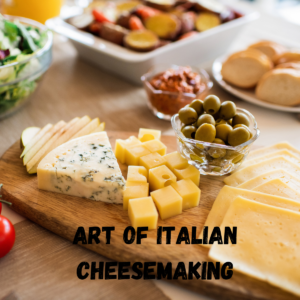
Cheesemaking Techniques: A Transformation of Milk
The magic of Italian cheesemaking lies in its seemingly simple process. It all begins with milk – cow, sheep, goat, or even buffalo milk, depending on the specific cheese. Rennet, an enzyme traditionally derived from calves’ stomachs, is then added to curdle the milk. This crucial step separates the milk solids (curds) from the liquid whey.
The whey, often used in other culinary applications, drains away, leaving behind the curds. These curds are then pressed to remove further moisture, shaping the cheese into its characteristic form. Time plays a vital role in the cheesemaking process. Some cheeses, like ricotta, are fresh and enjoyed soon after production.
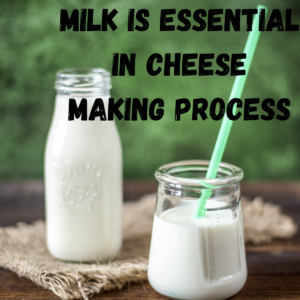
Others embark on a journey of ageing, spending weeks, months, or even years in controlled environments like caves or temperature-controlled rooms. During this ageing period, the cheese undergoes various transformations – cultures are introduced to develop specific flavours and textures, and salt is added for preservation and enhancement of taste.
A Galaxy of Cheeses: A Taste of Italy
The sheer diversity of Italian cheeses is staggering. Milk type plays a significant role in defining a cheese’s character. Cow’s milk is the most common, used in iconic cheeses like Mozzarella, a fresh, soft cheese prized for its milky sweetness and incredible elasticity.
Parmesan, the king of graters, also utilizes cow’s milk and undergoes a lengthy ageing process, resulting in a hard, granular texture and a sharp, nutty flavour.
Sheep’s milk, known for its rich flavour and higher fat content, contributes to cheeses like Pecorino Romano, a staple in central Italy with a salty, piquant taste. Goat’s milk, with its unique tang, is used in cheeses like Caprino Toscano, a fresh, crumbly cheese with a pronounced goaty flavour.
Buffalo milk, revered for its high butterfat content, is the heart and soul of Mozzarella di Bufala Campana, a DOP (Denominazione di Origine Protetta) cheese with unparalleled creaminess and richness.
Production methods further contribute to the vast Italian cheese landscape. Fresh cheeses like ricotta, a light and whey-based variety, are enjoyed soon after production. Aged cheeses, like the aforementioned Parmesan, undergo a longer maturation process, developing complex flavours and textures over time.
Blue cheeses, like Gorgonzola from Lombardy, are injected with specific moulds (Penicillium Roqueforti) that create characteristic blue veins and a pungent, sharp flavour.
A Regional Tapestry: Cheesemaking with a Local Touch
Italy’s diverse regions boast their own cheesemaking specialities, reflecting local traditions and readily available ingredients.
Pecorino Romano, a hard sheep’s milk cheese from Lazio, is a cornerstone of Roman cuisine, adding a salty bite to pasta dishes and graters. Taleggio, a semi-soft cow’s milk cheese from Lombardy, boasts a pungent aroma and an oozy texture, often enjoyed melted on toasted bread.
The south of Italy contributes Provolone, a semi-hard cow’s milk cheese known for its distinctive pear shape and mild, buttery flavour. Each region adds its unique touch, showcasing the rich tapestry of Italian cheesemaking traditions.
Modernity and Tradition: A Balancing Act
The world of cheesemaking has undoubtedly been impacted by modern technology. Pasteurization, a process that eliminates harmful bacteria, has significantly improved cheese safety and shelf life. Stainless steel vats and controlled environments ensure consistent production on a larger scale.
However, the importance of artisanal cheesemaking remains. Small-scale cheesemakers, often referred to as “casaros,” continue to uphold traditional methods, using time-honoured techniques and local ingredients. They possess an intimate understanding of the delicate balance between milk, cultures, and ageing conditions, resulting in cheeses with unique personalities.
The future of Italian cheesemaking likely lies in a balance between these approaches – embracing innovation for safety and efficiency while preserving the artisanal spirit that imbues these cheeses with their soul.
A Celebration of Flavor: The Legacy of Italian Cheese
From the creamy indulgence of mozzarella to the sharp bite of Pecorino Romano, Italian cheeses are more than just culinary ingredients; they are cultural treasures. Each bite tells a story of history, tradition, and the ingenuity of cheesemakers across generations.
The next time you savour a slice of pizza or indulge in a cheese platter, take a moment to appreciate the artistry behind these delicious morsels. The dedication of Italian cheesemakers, both past and present, has ensured a legacy of flavour that continues to enrich our culinary experiences.
So, explore the diverse world of Italian cheese – discover the subtle nuances of fresh ricotta, savour the sharpness of an aged Parmesan, and indulge in the pungent richness of a Gorgonzola. With each bite, you embark on a delicious journey through the heart of Italy, a land where cheesemaking is more than just a profession; it’s a passion.
References
If you loved the article, let me know in the comments section, and remember to share the article with your friends to help us reach a greater audience.
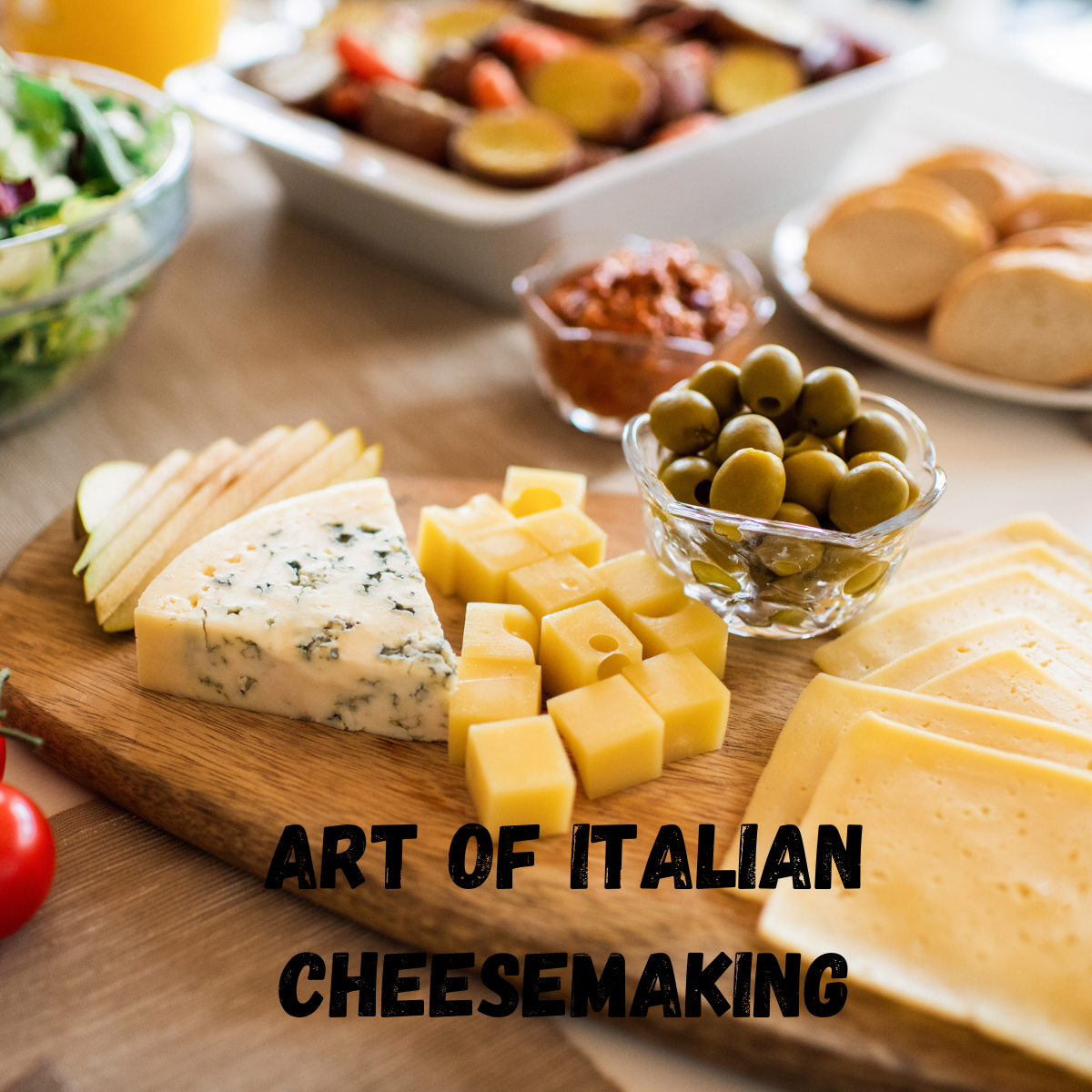
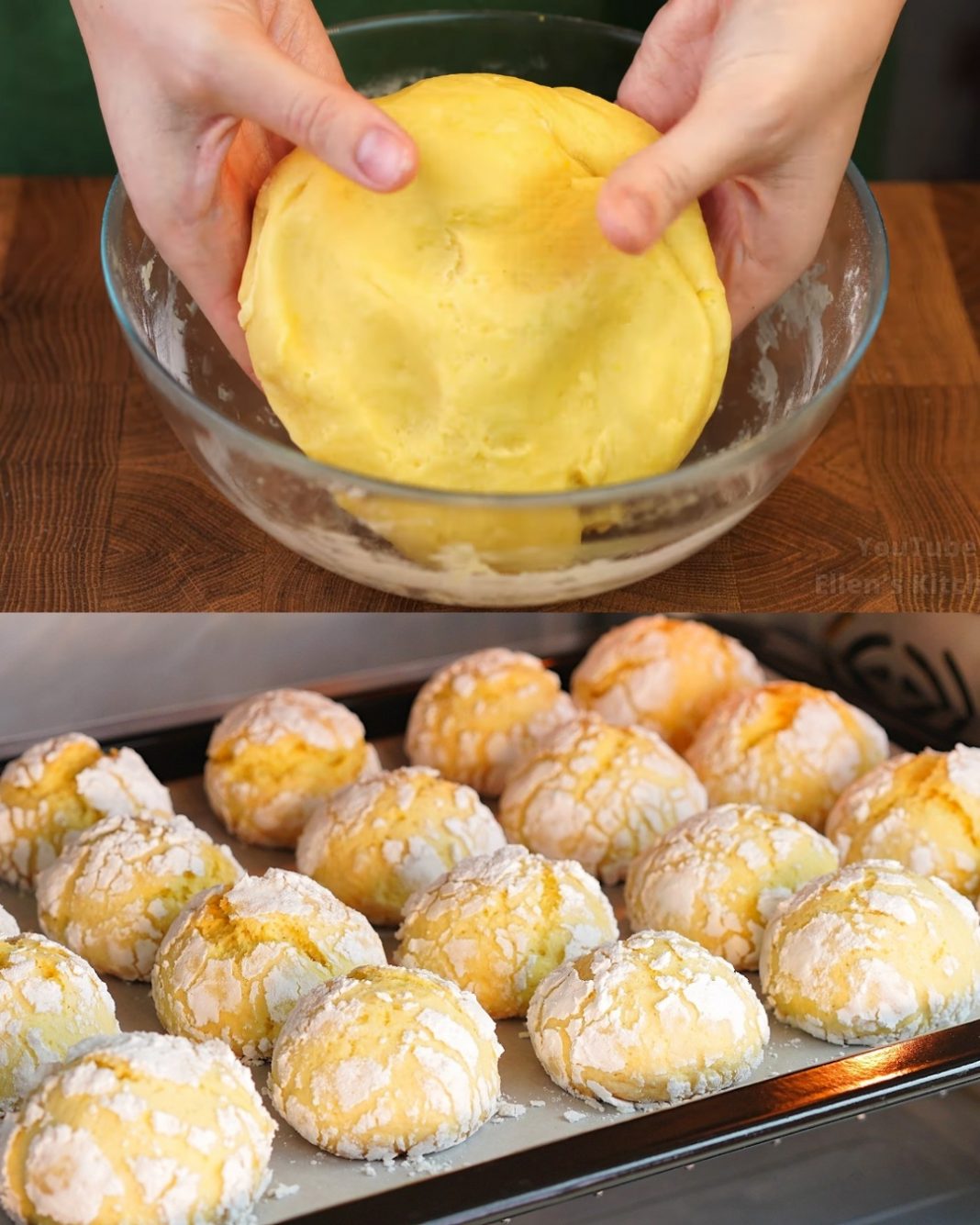

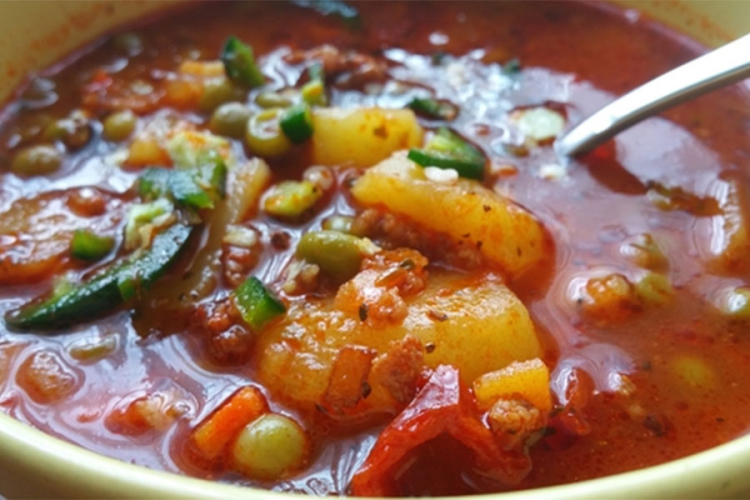

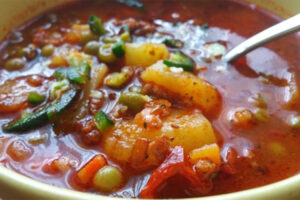

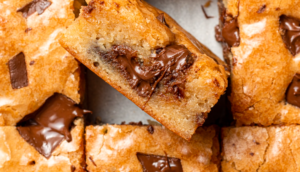
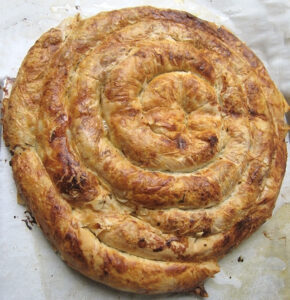
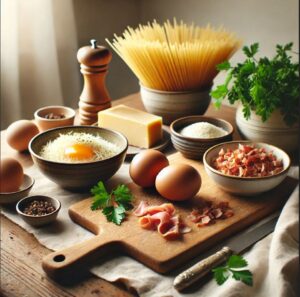

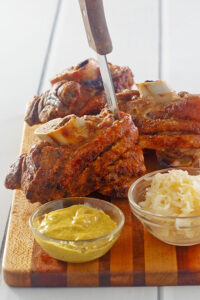
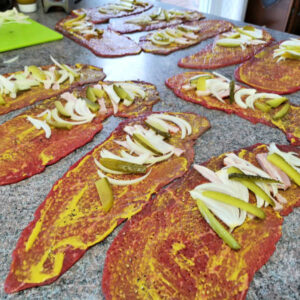

Post Comment
You must be logged in to post a comment.